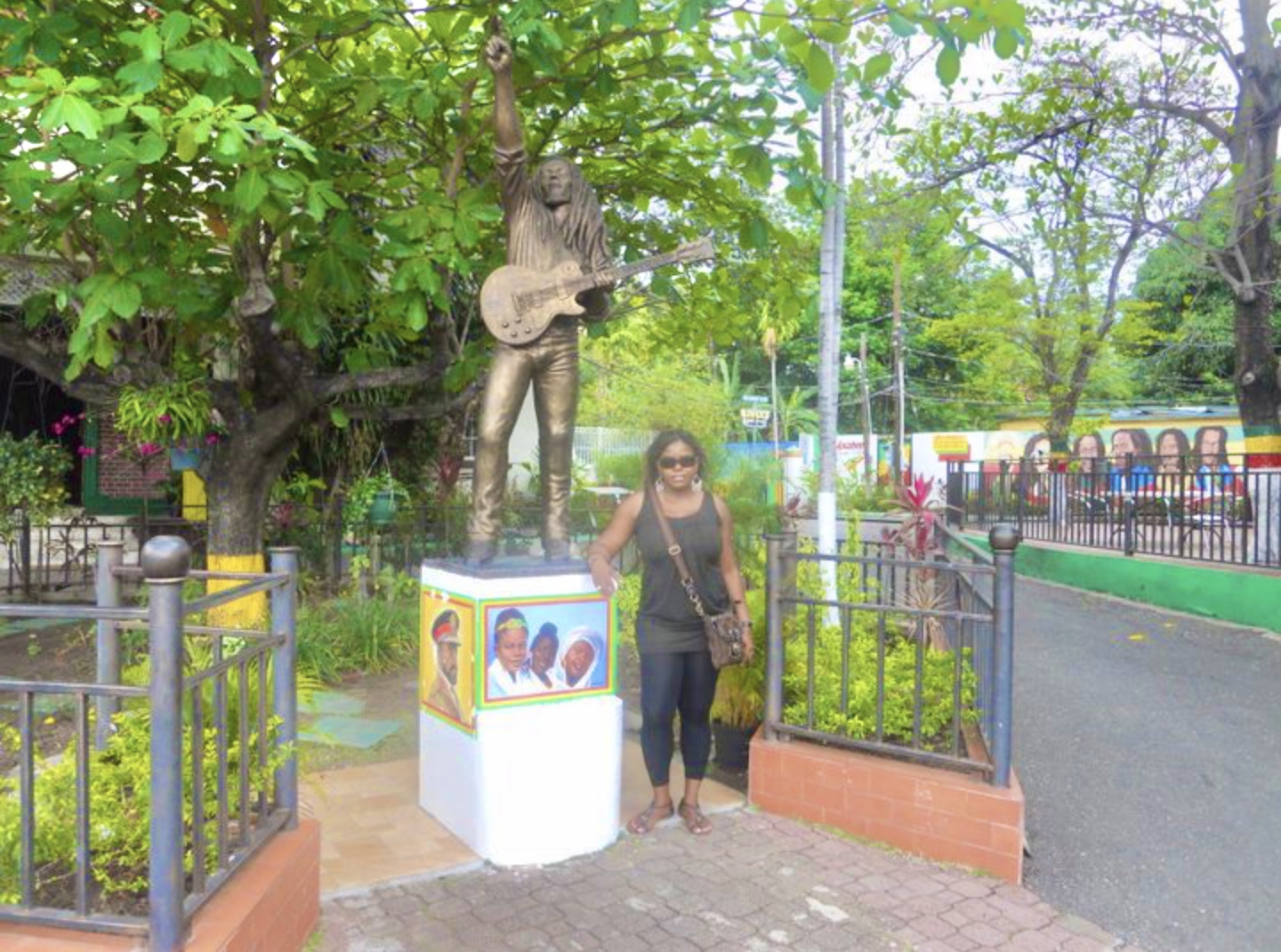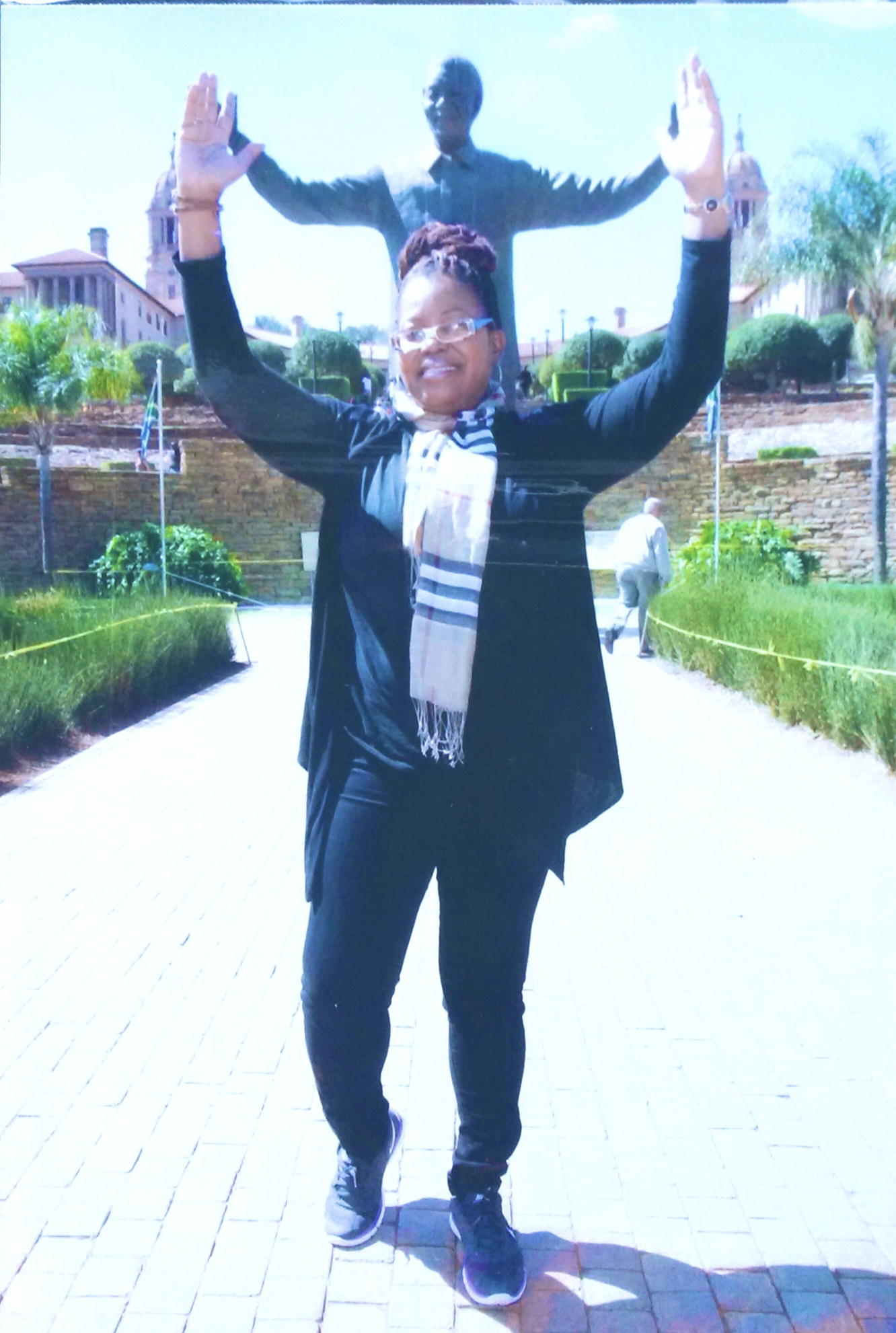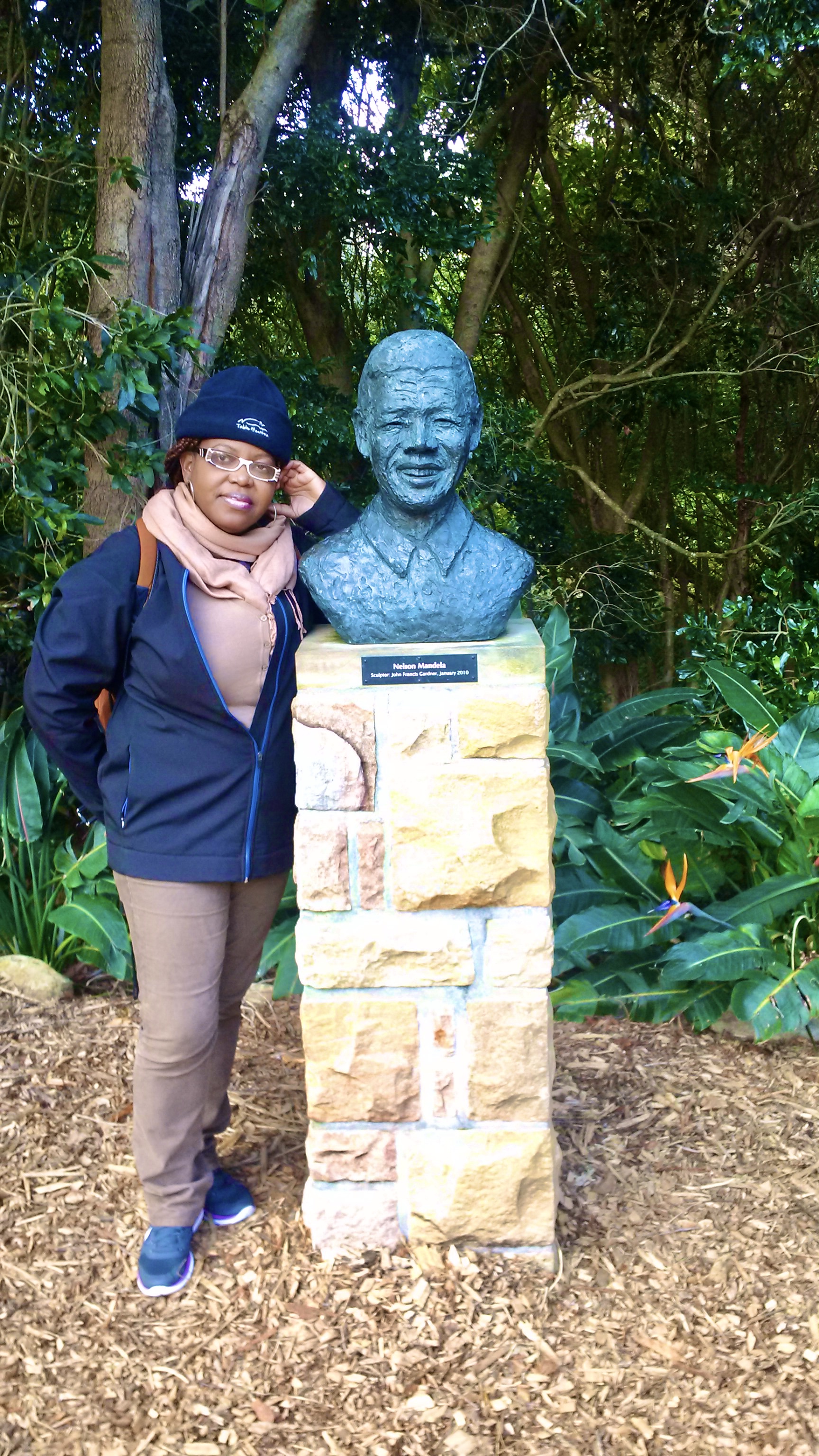Monument: a statue, building or structure erected to commemorate a notable person or event. A public work of art of shared feeling. Nations express their emotions through their monuments.
Effigy: a representation of a specific person in the form of sculpture or some other three-dimensional medium that is destroyed in order to harm the person represented or mock or insult their memory or as an act of protest.
American Confederate (Post-Slavery) Monuments
With the removal of statues in the United States which venerate and immortalize former slave owners and those who fought in the confederate war in order to, in part, continue owning slaves, currently in the news, and the sporadic discussions in the Caribbean on what we should do with the Slave owners and Colonizers who stand proudly and prominently in all our island towns, I began to ruminate about monuments. I started discussions with peers and colleagues and anyone who would listen. There are those who belong to the ‘don’t mess with history’ camp and those who think more like I do.
Facetiously, I said to someone: “We outgrow humans, times change and we change the people we want to be around, why can’t we change our statues?” As monuments lose their relevance, they can simply be moved out off town squares and into museums. I am no psychologist, but I figure that having to walk around everyday staring at images of those who raped and abused your ancestors cannot be easy on the psyche.
I asked the question: “if you knew that someone raped your mom, would you need a statue of him erected to remind you?” And to those who say these monuments should be there so that we learn from our history I ask: “When you walk past one of these monuments and your child asks you about it what do you say during that teaching moment, do you have to say ‘that my child, is the man who raped grandma or that’s the man who whipped and sold grandpa?”
Caribbean Post- Colonial Monuments
Sure, in the early days there were a few times when I, living in the Caribbean, may have looked up at a statue of Christopher Columbus or Horatio Nelson and the like, and asked them “really, what are you doing here, what is your purpose, what feelings are you supposed to evoke in me…?” I never got an answer from any of them and I never lost more than an hour’s sleep over it.

Marley and Me…a Caribbean monument I can appreciate .

South African Post- Colonial Monuments
Then, I visited the African continent, and everything changed. Suddenly I started realizing that I had strong feelings about monuments. One day someone suggested that I stand next to a statue of Cecil Rhodes for a photo and without thinking I heard myself saying like a defiant little child “no, I don’t want to, I don’t like him.” I don’t think that prior to that day I was aware that “I did not like” Cecil Rhodes. I am sure that if I were deemed worthy of a Rhodes Scholarship, I would have gladly accepted it. However, I was a well read person of African descent in Africa and this statue was stirring up negative, uncomfortable feelings within me.

Cecil Rhodes …I certainly did not feel like being in this frame.
Cecil John Rhodes: “The native is to be treated as a child and denied franchise. We must adopt a system of despotism, such as works in India, in our relations with the barbarism of South Africa.”…“I contend that we are the first and finest race in the world, and the more of the world we inhabit the better it is for the human race…”
Remember Rhodesia now Zimbabwe?

I became fully aware that monuments are erected for a purpose and do indeed serve that purpose extremely effectively. Because, in South Africa my encounter with the Cecil Rhodes monument was juxtaposed with my encounter with the monuments of Nelson Madiba Rolihlahla Mandela. Just as I felt discomfort and sadness to be close to Rohde’s statue, I experienced feelings of elation, pride and great inspiration to just stand in the looming shadow of a monument of Mandela.

Nelson Mandela: “Everyone can rise above their circumstances and achieve success if they are dedicated to and passionate about what they do.” …“What counts in life is not the mere fact that we have lived. It is what difference we have made to the lives of others that will determine the significance of the life we lead.”

Teach me…
History is written by the winners
History, they say, is written by the winners. Maybe then these monuments are the trophies? You might be the product of the history that your ancestors chose while I might be the product of the history that my ancestors most likely did not choose. It seems the determination of whether a piece of public art is interpreted as a monument or an effigy depends on the side on which you find yourself.

